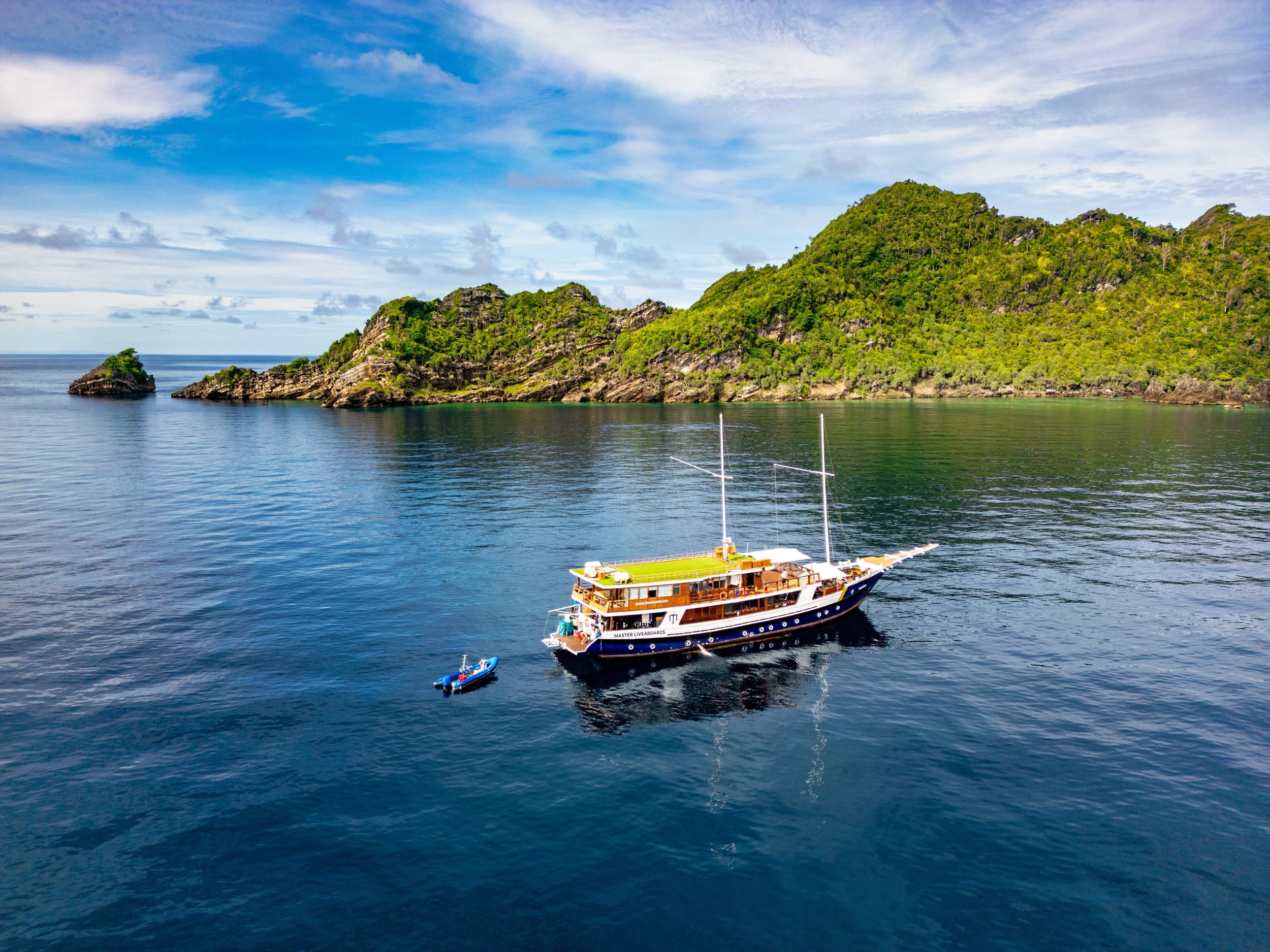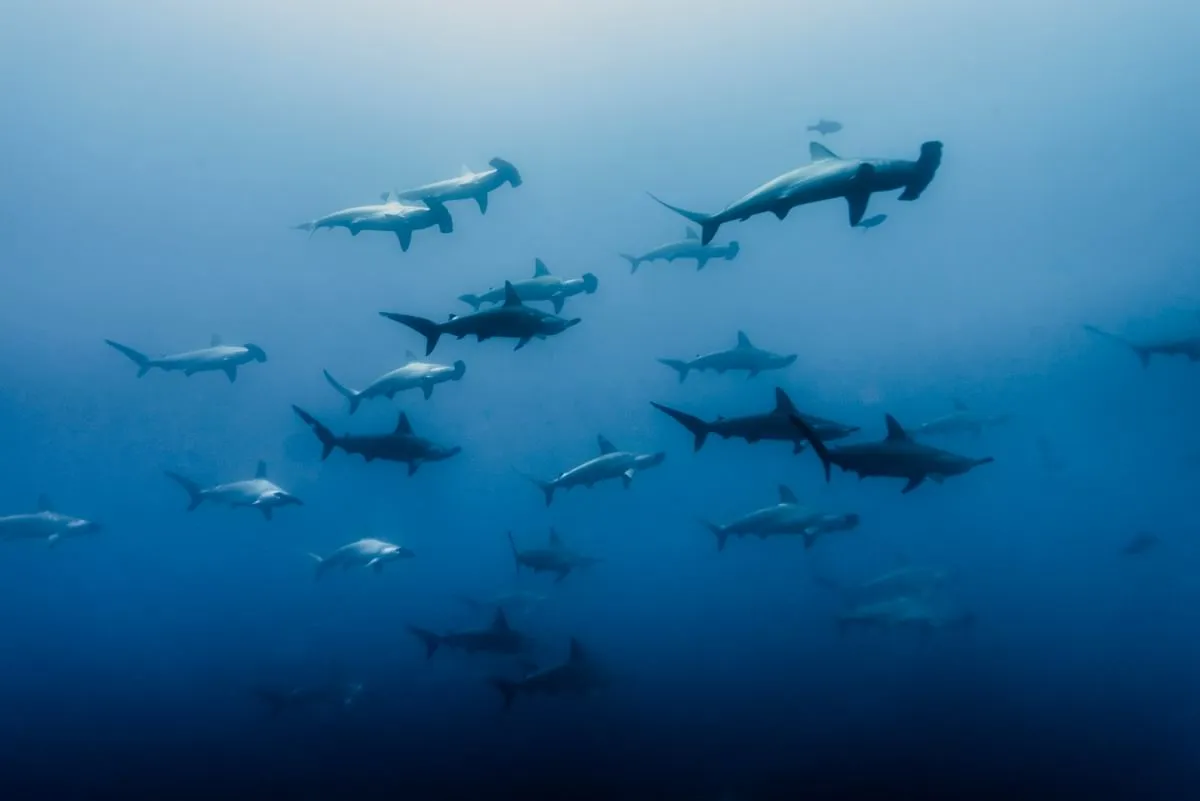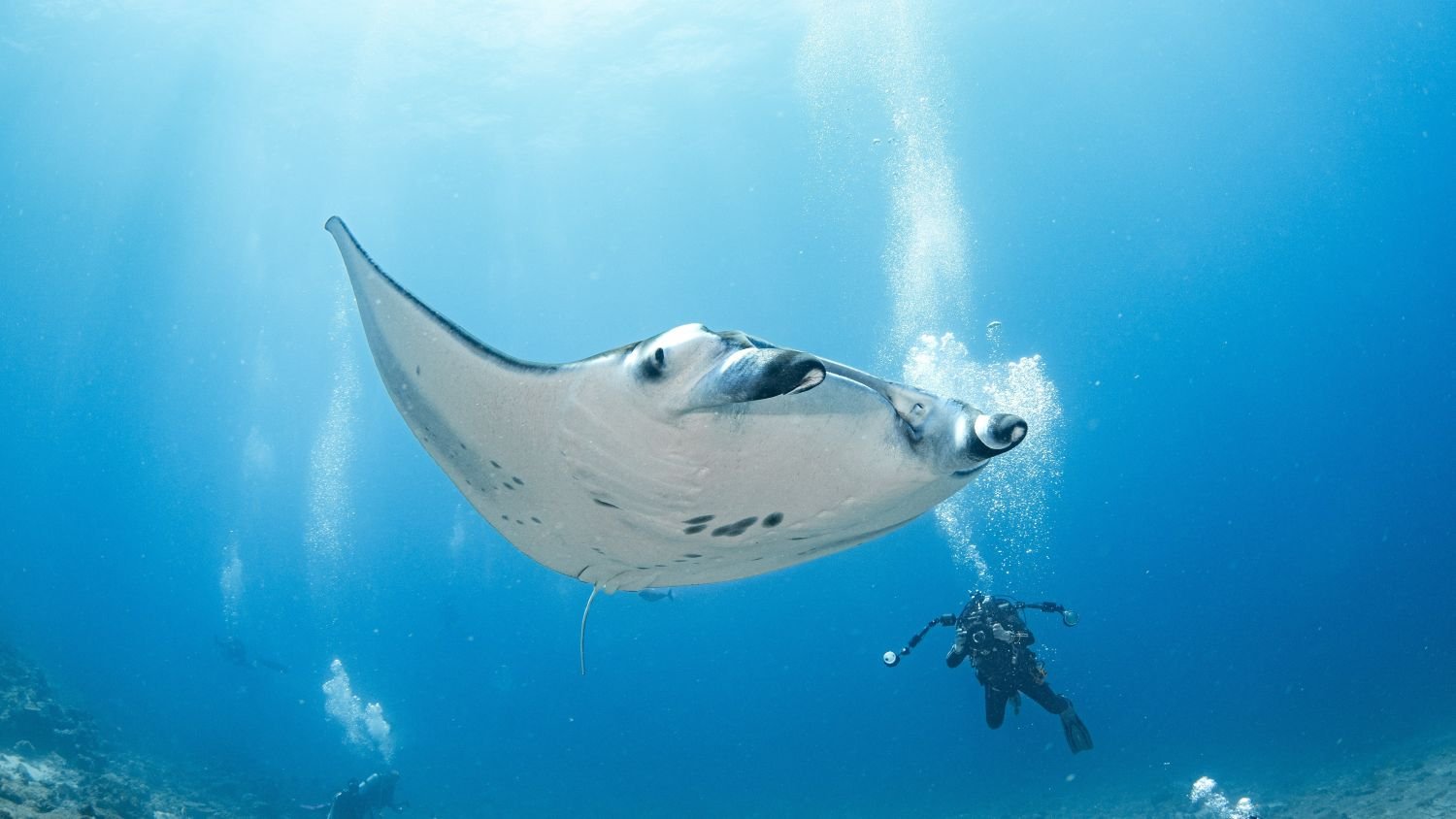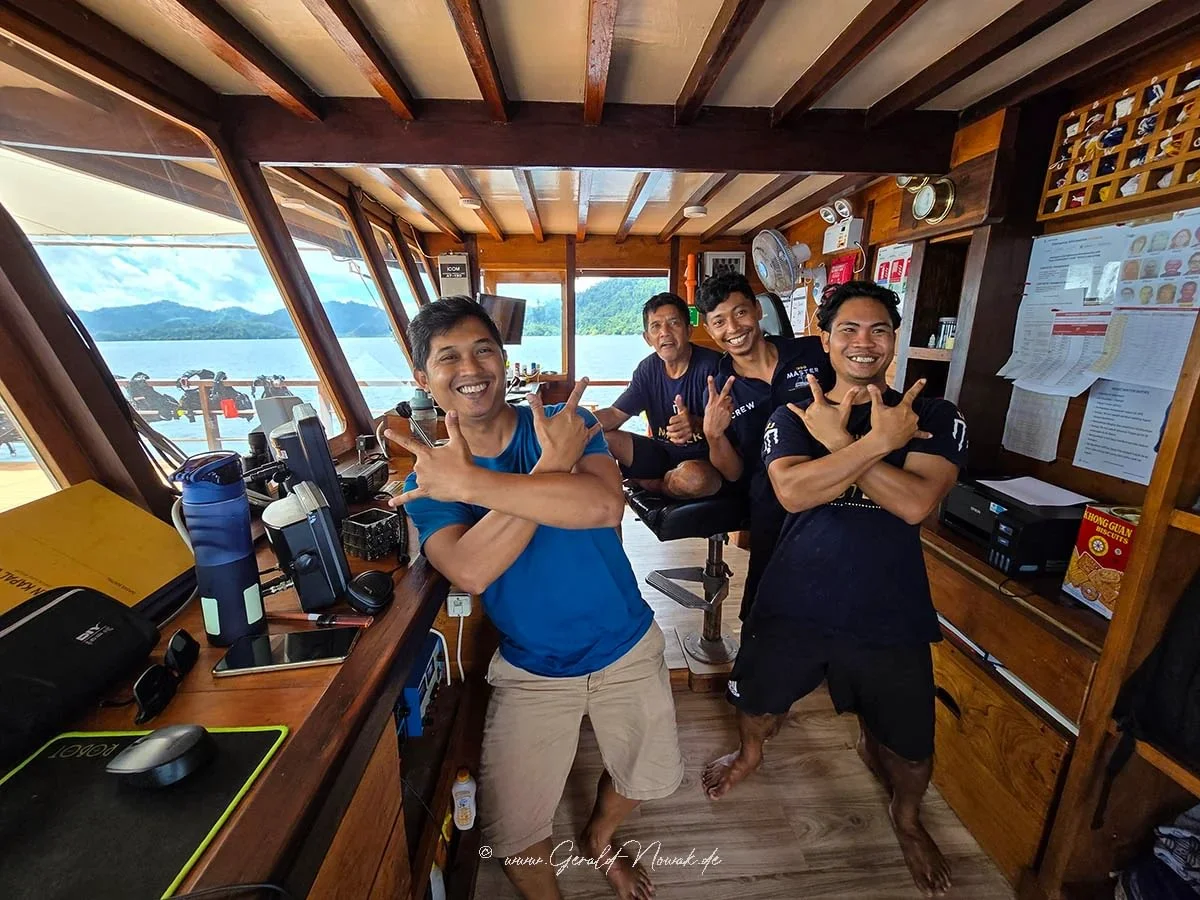The United States had first introduced the world to the power of nuclear weaponry on August 6th 1945. Most of the world had seen the attack on Hiroshima, and three days later Nagasaki. There could be no doubt that we were in a new era of military power. But the question was whether this new power could be brought to bear in all aspects of war? Operation Crossroads would answer that question.
The actual tests were carried out in Bikini Atoll, in the Marshall Islands, through July of 1946. The name Crossroads was appropriate, signifying the transition from conventional to nuclear warfare.
Why Did Operation Crossroads Happen?
The first thing you have to do is put your mind back in time. To try and understand was happening in 1945. The world was emerging from the end of a brutal war. Not only that but the planet had just witnessed the first nuclear bombs used in anger on Hiroshima and Nagasaki. The expectation was that war was about to change.
Lewis Strauss was the Navy’s representative on the Interdepartmental Committee on Atomic Energy. In August 1945, he put forward a proposal to test nuclear weapons against naval warships. Strauss argued:
“If such a test is not made, there will be loose talk to the effect that the fleet is obsolete in the face of this new weapon and this will militate against appropriations to preserve a postwar Navy of the size now planned.”

The fear was a loss of funds to the navy. After all, a large navy would not be required in a world with nuclear weapons, right? The US navy high commanders agreed that a test would prove this theory wrong. Strauss proposed the idea of a large number of targets to demonstrate ship survivability. Of course, the army also agreed. The difference was that they pinned the tests as demonstrating the vulnerability of the navy. The game was afoot.
From here, everything happened very quickly. By October, the US navy revealed its list of 80 to 100 ships that could be used in the operation. They just needed somewhere to put them.
Why the Marshall Islands?
Of course everyone knew nuclear weapons were incredibly powerful. They also knew some of the after effects of the radiation. But much was unknown. Especially what the weapons could do against a large armed naval force. One thing that they did know, however, was that it was incredibly risky. In fact, in a memo at the famous Los Alamos laboratory, there was a dire warning:
“the water near a recent surface explosion will be a witch’s brew, and this will be true to a lesser extent for the other tests. There will probably be enough plutonium near the surface to poison the combined armed forces of the United States at their highest wartime strength.”
Henry Newson, to Norris Bradbury, director of Los Alamos laboratory
Nevertheless, the search was on to find a suitable test area in the middle of nowhere. But, a suitable middle of nowhere is harder to find than you might think.

Obviously, it was imperative that is on United States territory; or at least territory controlled by them. It was best if it was uninhabited (or mostly) and at least 300 miles (500 km) from the nearest city. There needed to be an airbase within 1,000 miles (1,600km), so a bomb could be dropped from the air. It needed to have a protected anchorage at least 6 miles (10 km) wide for the fleet to assemble. Finally, predictable wind and weather patterns, as well as a lack of extreme weather conditions were very desirable. This would all help keeping any radioactive material in a relatively small area.
After looking at various sites (including The Galapagos Islands), Bikini Atoll was the clear choice. There were inhabitants, but, well…that was only a minor distraction.
Clearing The Target Zone
It was a quiet Sunday morning in February 1946 on Bikini. The destiny of 167 Bikini Islanders was about to be changed for generations. If not forever.
Commodore Ben H Wyatt was the US military governor for the Marshall Islands. The small community of Bikinians assembled together with their leader, King Juda. In what was, presumably, an awkward meeting, they were asked if they would leave their atoll home. Temporarily. The reason given? So the US could test their new weapons for “the good of mankind”. To end all world wars.

The Bikinians believed that everything was in the hands of God, so agreed to leave for a short time. After recreating the meeting in March, with multiple takes and cameras, they evacuated their islands. Most of them relocated to the Rongerik Atoll, some 120 miles (200km) away. They left on March 11th 1946, into what would become permanent exile.
The middle of nowhere was ready for it’s ghost fleet.
Preparing For Operation Crossroads
In the months prior to the first test, a huge fleet of 242 target ships and support vessels, along with 156 aircraft assembled. Not only this but 42,000 military and civilian personnel arrived. They also brought over 5,600 experimental pigs, rats, goats, mice, and guinea pigs along for the ride. Additional personnel were located on nearby atolls such as Eniwetok and Kwajalein. Many navy personnel extended their service obligation for one year to participate in the tests. Many did, after all, not everyone gets to see an atomic bomb explode.

The target fleet included four obsolete US battleships, two aircraft carriers, two cruisers, thirteen destroyers, eight submarines, and numerous auxiliary vessels. The target fleet also included surrendered Axis power vessels from WWII. These included German cruiser Prinz Eugen, the Japanese battleship Nagato, and her smaller cousin, the cruiser Sakawa. The ships carried various amounts of fuel and ammunition, plus an array of scientific instruments. These were to measure the effects of the atomic explosions at their relevant distances from the explosions.
Operation Crossroads called for three tests; Able (air burst), Baker (shallow underwater), and Charlie (deep underwater). Charlie was later cancelled, but; for now, the atoll and the fleet were prepared. All that remained was to unleash the fury.
You can read more about the actual atomic tests at the following link:
About the Author
Written by:
Frederique Morisod



